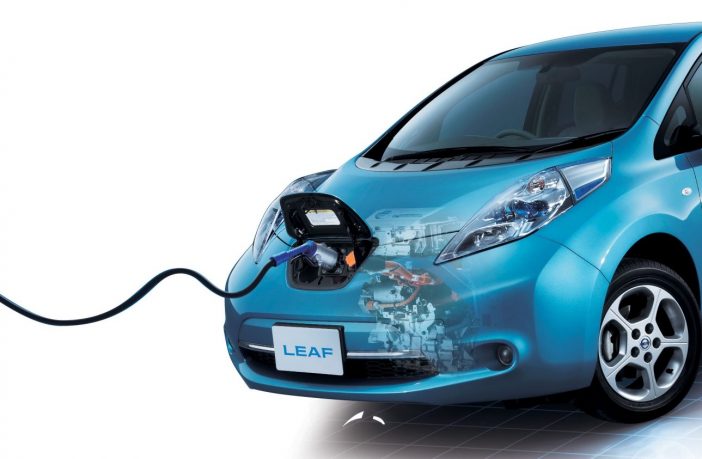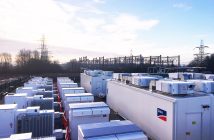Opinion
- Many countries and indeed cities around the world have set out plans to phase out fossil fuel burning vehicles altogether in order to meet their climate change objectives.
- The idea is to replace all conventional vehicles with electric vehicles (EVs) which will spike demand for charging.
- The adoption of Electric Vehicles (EV’s) will be meaningless if the EVs are charged using electricity generated from the same old dirty fossil fuels.
- The idea is to use renewable energy sources for this growing market right through the value chain.
According to the IEA Global Electric Vehicle (EV) Outlook 2018 report, over one million electric cars were sold in 2017 – a new record – with more than half of global sales in China. The total number of electric cars on the road surpassed 3 million worldwide, an expansion of over 50% from 2016.
With rising ambitions to meet climate goals and other sustainability targets plus aggressive policies in place, the number of electric cars on the road could be as high as 220 million in 2030 according to the report.
Electric vehicles represent significant avoided CO2 emissions, even without grid decarbonisation. But if charging was sourced from renewable sources, the decarbonisation of the power grid could more than double the well-to-wheel CO2 emissions reductions from the electrification of transport, according to the report.
So the initiative by governments and cities around the world to ban fossil fuel cars makes sense but what about the following challenges the EV sector faces:
- Carbon footprint: Though their emissions are much lower than that of conventional cars, EVs also do generate carbon dioxideduring the energy intensive manufacturing process.
- Scarce materials: CEVs and their batteries contain precious metals such as lithium and cobalt. Scarcity of cobalt is already threatening the production of EVs, and alternative designs that don’t rely on scarce elements need to explored by car manufacturers.
- Retrofitting: What do we do with all the fossil fuel cars? Will the industry consider retrofitting fossil fuel to turn them into EVs?
- Grid stability: Charging during peak grid demand period can upset grid stability. As more people start to use EVs, the load on the energy grid is likely to peak in the evening. And this could cause problemsfor electricity distribution and transmission systems, at a community or city level.
- EV’s are for the rich: The cost EV’s remaining high and there is limited charging infrastructure. In countries like South Africa there are no government subsidies or relaxed import tax on EV’s to accelerate sales and expand charging infrastructure. This raises issues around equity of access because lower income families cannot afford EV’s and there are no charging stations planned for the townships.
- Range anxiety: At the moment EV’s have limited range (on average around 200Km depending on model). This means that you are only as good as your next charge and journeys needs to planned around charging points.
- Limited choice: In south Africa, there are only EV models available namely; Nissan Leaf, BMW i3 and Jaguar E Pace.
- The slow charge: Depending on the model, EV’s takes hours to fully charge. Trips need to be planned around lengthy stops for charging.
Author: Bryan Groenendaal











